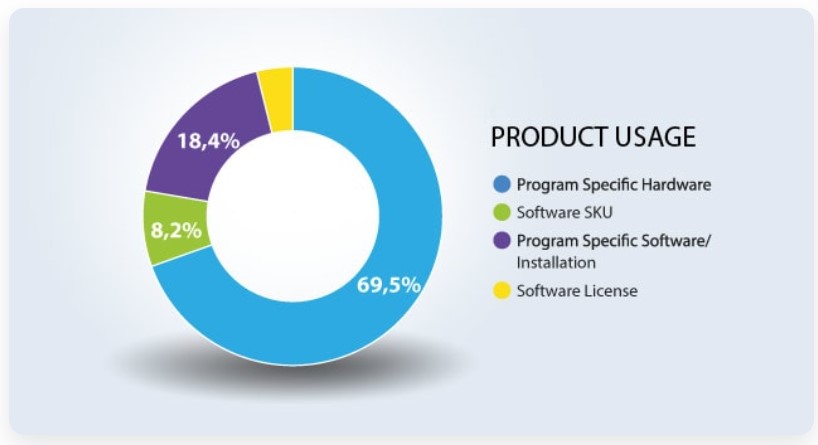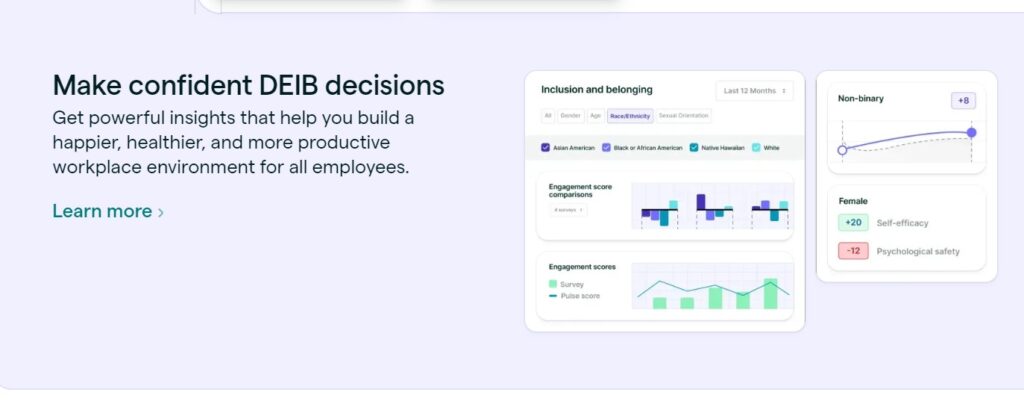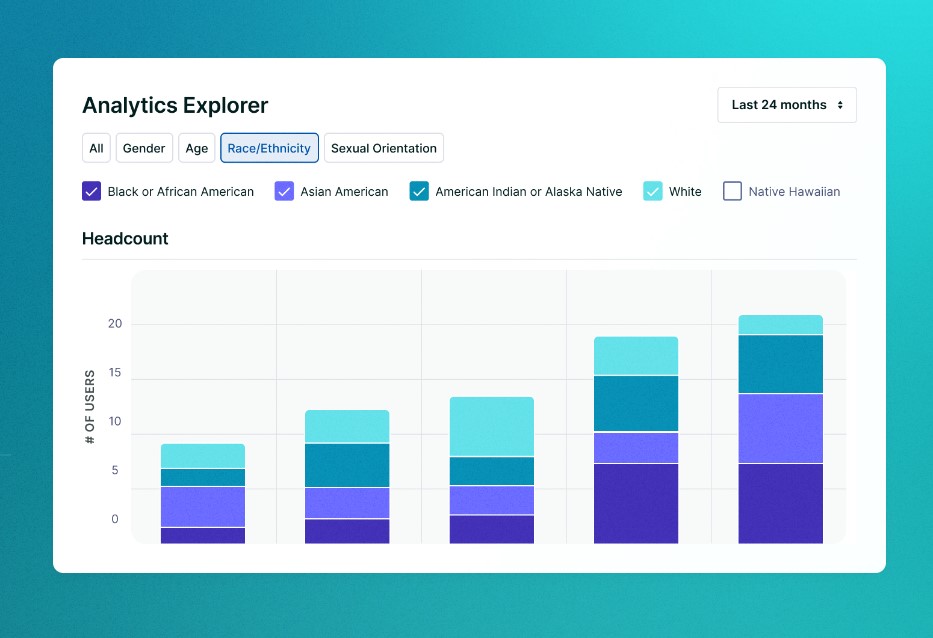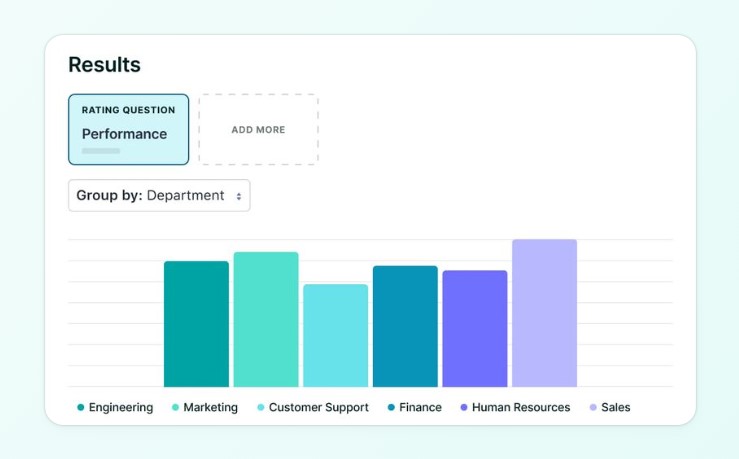Introduction
The healthcare sector remains the most conservative sector and is now the last to make the most use of Software-as-a-Service (SaaS) solutions to raise efficiency, cut down costs and improve patients’ care.
As more healthcare institutions adopt SaaS modules, it is crucial to note the different pricing models which is the first step to making the right choices. Through the complete description of a pricing model, this article will decode the most popular pricing models for healthcare software products.
The pricing models of healthcare SaaS
There are five predominant pricing models used by most healthcare SaaS vendors:
- Per user pricing
- Tiered pricing
- Product price
- Flat fee pricing
- Consumption-based pricing
The vendor will depend on the type of software, the target customer segments, the deployment mechanisms and the monetization policies for features of the model they adopt. We’ll look closely at the every model in the next section.
User-specific Pricing Model
Out of all the different pricing approaches that the healthcare SaaS vendors use, the per user pricing model is probably the most simple and commonly used.
In this model:
How It Works
- Customers pay for the number of users who need the platform on a monthly basis in a fixed recurring subscription fee.
- The progressive fee for each user account depends on the functionalities, technical support levels, etc.
- The number of customers will be regarded as more than just a collection of individuals but a community with special benefits when they decide to pay for a service.

When Suited For
This pricing approach works very well for software tools targeted at individual users, such as:
- EHR/EMR software
- Patient portals
- Telehealth platforms
- Practice management solutions
Considering diverse user categories usually have different access rights, most vendors offer different packages (user roles) to meet the needs of the users. In order to determine the right price, there are common user types including physicians, nurses, admin staff, patients, etc. Every user tier is priced separately depending on functionality and it is set based on functionality.
Benefits
Some benefits of the per user pricing model include:
- Simple to understand
- Restricted initial payments to open-banking projects.
- Scales easy way as the population of users are higher.
- Volume discounts applicable
Limitations
A few limitations exist as well:
- Very complicated to calculate the overall amount paid.
- Most of the user management exemplified by the sophisticated administrative procedures.
- But the lack of it’s importance for customer usage or adoption.
In general, per user pricing gives us a flexible option and aids in budgeting that is easy to follow along with smaller practices. While this allows for taking care of high-expression users, it can also grow out of the necessary bounds as users scale up.
Also Read:- SaaS Analytics To Improve Business Economics
Tiered Pricing Model
In a tiered model a healthcare software-as-a-service provider like medical software, for example, offers various software “packs” or editions at different price ranges.
How it Works
This model provides two or more software tiers such as:
- Basic or Standard
- Professional
- Enterprise
The number of features develop linearly with the price as you go step by step from the bottom to the top tier. The customers choose the version corresponding to the level of functioning which fits their needs the best.
Tiered pricing is commonly used for software tools like:
- Healthcare analytics/BI software
- Patient engagement tools
- Precision medicine platforms
- Clinical trial solutions
These pricing integrate peacefully with their needs in departments of data analytics, compliance, security, and integration.
The tiered approach has some notable upsides:
- Greater variety of choices, offering more alternatives that satisfy different customer budgets.
- The advantage of being able to easily scale up/down without incurring a significant cost.
- Do not pay for the usage of the features that are not necessary.
- Top-tier subscription is used towards the lower-tier service pricing.
Limitations to Consider
Some drawbacks to evaluate include:
- It is not easy to end up in this situation.
- Tiers will have class differences when certain sets of features are not available in them.
- Might have to figure out how to scale the service for big customers.
Conclusively, tiered pricing offers an ability for the company to match various customer needs through flexibility. Vendors must exhibit a transparent approach by clearly demonstrating the differences between each tiers and advancement trails.
Paced-based Pricing Model

This unique model, in which the fees for SaaS are directly tied to the revenue generated from healthcare providers by the software, allows them to generate new revenue.
How This Works
Vendors charge an annual percentage of attributable revenue generated from software use, for example:
- 10% fresh capital secured.
- 5% of collections
- 7% of reimbursements
It is difficult to calculate an exact range for the revenue due to the many software capabilities.
Primarily Crafted for
This pricing aligns well with solutions providing:
- Increased reimbursements
- Revenue cycle through automation brings in more efficiency.
- Better financial performance
- Enhanced patient volume
For example, such solutions may involve Patient Relationship Management and Referral Management codes.
Balsiful -markszing -effects of Increasing the Revenue Share Rate
Key benefits of this approach include:
- Ensure that software only comes into play when, and only as long as, it provides a discernible ROI.
- Rewards vendor success
- Increased revenue is always followed by scale in business.
- Win-win’s for both sides altogether.
Shortcomings to Evaluate
Some disadvantages include:
- When it comes to revenue forecasting, the numbers can be quite complicated.
- Hard to demand set front process cost expectations
- Can be expensive at suddenly large scale.
- Requires revenue transparency
Overall, pricing which is associated with the revenue is beneficial for both hospitals and SaaS vendors, since higher adoption is a driver of the higher profitability. The model, however, is a win-win but the gains realization by the revenue accounting means trust should be established.
In the flat fee mode of pricing, the healthcare firms pay a fixed contracted period fee, with which the use of the SaaS is unlimited.
How This Works
Vendors offer an all-inclusive flat fee package such as:
- Each facility will be hosting $2,000 per month.
- $5,000 per Year per Department
- $9-$12 million per hospitals a year.
The fee per seat is, irrespective of the number of people who will be using it or frequency of use. There may be some tiers based on the size of the organization across which subsidies will be distributed.
This approach works for software aimed at department or facility-wide needs, such as:
- EMR/EHR systems
- Clinical decision support system (CDSS)
- Utilization review software
- For instance, population health data management platforms
Here, a pricing format per person would be an unreasonable option due to the fact of an extensive range of the consumer.
Some key upsides of flat fee pricing:
- Predictable, fixed costs
- Simple fee structure
- in charge of users.
- This level playing grounds open new doors for women and change historical barriers.
Some downsides include:
- May be not proper ones to usage levels
- Utilities, during low usage occasions, are pricey.
- Small market where there is not a chance to scale pricing effectively.
- More vendor risk
Summarily, lump sum pricing fits perfectly for such an instance of a centralized solution in where usage varies but may be difficult to estimate. The benefit for the consumer by this fixed cost is the simplicity of the purchase, but it is the Enterprise carries the risks.
Consumption-Based Pricing Model

The payment in a consumption-based pricing model by the customers is only for the actual software usage that is billed depends on the usage.
How This Works
In this model, pricing is based on usage metrics like:
- Storage volume used
- Compute hours utilized
- Data records processed
- Transactions executed
Rates of electricity are set per each unit, customers are responsible only for the electricity they consume.
This usage-based pricing works great for:
- Data analytics software
- Medical imaging systems/analytic/tools
- Genomic analysis platforms
- Healthcare data pipelines
Therein, subscriptions may become an inefficient tool due to increased spikes in usage that may result in overpayments.
Attractive Benefits
Some benefits of consumption-based pricing:
- The use of no software would be a huge cost saving.
- The Flexibility of expanding/contracting the volume.
- Predictable usage costs
- More innovation incentives
Factors to Consider
A few precautions around this model:
- Absence of complexity involves in the adjustment usage.
- Difficult to quote rates because it is not possible to do it with precision.
- Can discourage adoption
- Software vendor’s infrastructure costs are usually underestimated.
After all, consumption-based pricing simply and transactedly charges costs according to software use. The sellers requirements for their products are met by this as the users authentication and monitoring are meant to be embedded here by the vendors.
What should be the key contributing factors in the assessment of different models

To select the appropriated software pricing model, we will have no choice but to take into account the opposing view points among the key factors of simplicity, predictability of costs, customer risk and vendor risk. Consider the following key decision tradeoffs:Consider the following key decision tradeoffs:
Pricing Predictability vs. Cost Alignment
- As opposed to the pay per individual pricing, costs become more predictable. And yet usage and cost don’t coincide.
- The pay-per-use model enables the platform to adapt to the volume of demand but makes the amount to be paid less predictable.
Adoption Incentives vs. Revenue Risk
- Plans like capped fee or subscription license are designed to stimulate usage but at the same time generate more financial risks for vendors.
- Pay-byuse models diverts consumer from the technical and financial risks, however might slow the use of the product.
Model Complexity vs. Customer Flexibility
- Simplified models such as a fixed fee are easy but binding, while transitioning to hourly fees is a good development.
- Adaptive or exercise-based models enhance flexibility by making it easy to customize, but in turn, increase the complexity.
A careful examination of the tradeoffs around critical factors will be beneficial both to healthcare providers and SaaS vendors in their bid to pick the most suitable pricing approach.
The Impeccable Guidelines for SaaS Pricing in Healthcare
Healthcare SaaS vendors can optimize pricing models by:
- Notably, detailing our pricing models and metrics along with the financial variables should be clearly communicated.
- the self-service in-app reporting function allows subscribers to see the amount of data they have used.
- Offering online pricing calculators/simulators, they can figure out if the car they dream of.
- The Model 3 is now offered in seven trims, each with its own price starting at $39,000.
- Setting options to cap prices would serve as a measure to control losses.
Meanwhile, healthcare IT buyers should:
- Know in advance how many users will be using the system to enable selecting cost-effective pricing models.
- Rate by the usage of the whole estimation.
- For review software to be an effective cost saver, the return on investment (ROI) must be reviewed and analyzed.
- Test the, so as to avoid investing in a product that in large volumes.
Final Words
Among all the factors determining the pricing predictability, flexibility, complication, and alignment of usage should be considered first to decide the perfect pricing model. We wish that our thorough research would give you, clients or buyers, information necessary to make the right and professional choices.




